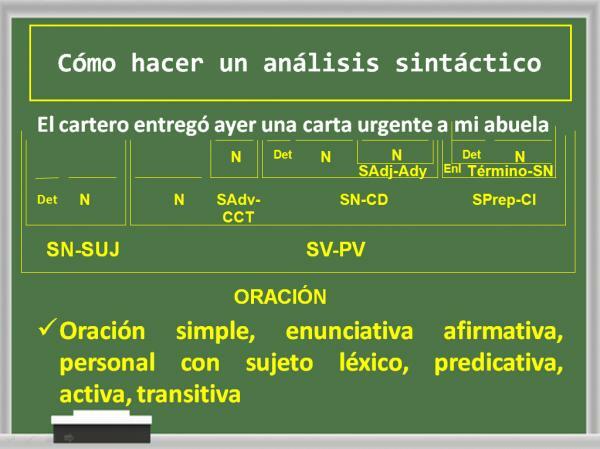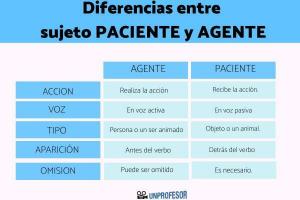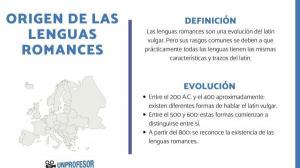Syntactic analysis of simple sentences

According to the verbal typology, we can divide the sentences in Spanish into two clearly differentiated groups: simple sentences and compound sentences. A simple sentence is understood to be that sentence that is formed only by a verb, compared to the concept of compound sentence, which encompasses all those sentences that have more than one verb phrase in its syntactic structure.
From this differentiation, in this lesson from a TEACHER we are going to show how the parsing simple sentences through various examples.
In Spanish, the simple sentence can be classified from multiple points of view. Here are some of the most used analyzes when organizing simple sentences:
Analysis according to personality and sentence impersonality
Simple sentences can be divided into personal and impersonal sentences, depending on whether or not they have a subject in charge of carrying out the action described by the verb. For example: Lucia reads a book versus It's rainingThe first is a personal sentence, as it has a subject, "Lucia", which is also explicit because it appears expressly in the sentence.
However, the second sentence is an impersonal sentence ("to rain" is an impersonal verb) because it has no subject since there is no one to carry out the action exposed by the verb.
Analysis according to modality
The modality is reflected through the type of verb and the relationship that exists between it and the communicative intention of the speaker. Thus, real and true events are usually stated using the indicative mood, while unreal desires, possibilities or situations are shown through the subjunctive mood.
In this way we distinguish the following types of sentences according to the modality:
- Declarative (The classroom is too small for all students)
- Imperatives (Close the window please)
- Desiderative (I hope it doesn't rain this afternoon)
- Exclamatory (Long time no see!)
- Questions (What time is it?)
Analysis according to the nature of the predicate
Simple sentences can be divided into two types depending on how the predicate is: copulative sentences and predicative sentences. The first are those sentences that have a nominal predicate (PN), that is, those that are formed with the copulative verbs "to be", "be" or "seem" and that have an attribute. Predicative sentences are made up of a verbal predicate (PV), that is, a predicate that is not made up of copulative verbs.
In this video of a PROFESSOR we discover the steps to parse a simple sentence.
Having seen the definition and the different ways to classify simple sentences in Spanish, now we are going to parse some examples of simple sentences so you can learn with us how to do it:
Sentence 1: The doctor operated on the patient
"The doctor" is the subject because it agrees with the verb ("the doctor operated" - "the doctors operated"). The subject is explicit because it is shown in the sentence, it is also a personal sentence with the verb in the active voice. "To the patient" is the direct object because it can be pronounced by "lo" ("The doctor operated on him") and if we pass the sentence of active to passive, the direct object always becomes the patient subject of the passive sentence ("The patient was operated on by the doctor").
The direct object is introduced by the preposition "a" because it is about a person. It is a simple sentence with a verbal predicate, in an active and enunciative voice.
Sentence 2: You eat very well in this restaurant
It is an impersonal sentence, specifically it is a reflective passive sentence because it has no subject and the verb is formed with the structure "se + the verb in the active voice in the third person singular or plural" that corresponds to passive sentences you reflexes. The predicate is verbal because the verb "eat" is not copulative. It is an declarative sentence.
Sentence 3: Is this car yours?
The subject of this sentence is "this car" which is an explicit subject because it is present within the sentence. The verb is "to be", so we are dealing with a nominal predicate. In addition, it is a direct interrogative sentence (it is written with question marks) and total (it is answered with "yes" or "no").
Sentence 4: I like macaroni and tomato
The subject of this sentence is "the macaroni with tomato" because they agree in number with the verb, since if this was singular ("pasta with tomato") the verb should also be singular ("I like pasta with tomato"). The predicate is verbal because it is not a copulative verb. The sentence is declarative.



